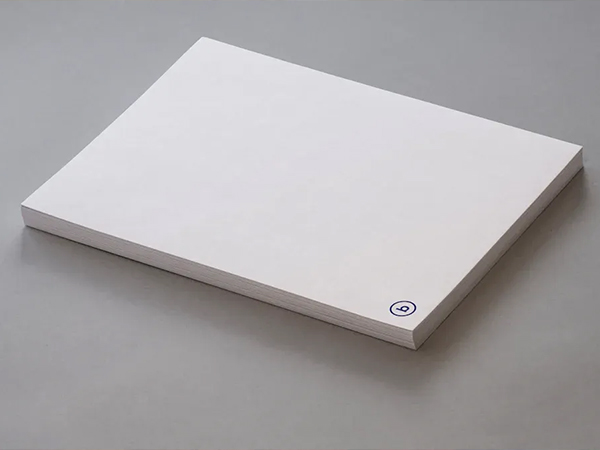Alkyl Ketene Dimer (AKD) is a reactive neutral sizing agent widely used in alkaline and neutral papermaking systems. As a fiber-reactive synthetic sizing agent, AKD reacts with the hydroxyl groups of cellulose under neutral to alkaline conditions, forming covalent bonds. This reaction forms a hydrophobic film on the fiber surface, effectively transforming the paper from hydrophilic to water-resistant.
AKD Sizing Mechanism
AKD sizing involves three main stages:
- Retention:
Cationic retention aids are used in the wet end of the paper machine to improve AKD retention. A higher first-pass retention rate contributes directly to better sizing performance. - Distribution:
During drying, the heat allows the AKD emulsion to distribute and spread uniformly on fiber surfaces. - Orientation & Fixation:
As the paper dries and is stored, the β-lactone ring of AKD reacts with the hydroxyl groups of cellulose, forming stable ester bonds that anchor AKD to the fibers and provide hydrophobicity.
Key Factors Affecting AKD Sizing Efficiency
- Dosage of AKD:
An optimal dosage ensures desired sizing without over-application. Excessive AKD can reduce surface friction, causing slippage. - Retention System:
Effective retention systems should maintain first-pass retention between 75–85%. Cationic PAM with high molecular weight and low charge density is recommended. - Storage and Stability:
- Store AKD emulsions below 30°C and protect from freezing.
- Once diluted, use within 48 hours to prevent hydrolysis.
- Elevated temperatures in summer can increase AKD consumption due to hydrolysis losses.
- Alum Usage:
While aluminum sulfate is a cost-effective anionic trash catcher (ATC), careful control of pH is critical. - pH Levels:
- AKD is ineffective at pH < 6.
- Optimal sizing occurs between pH 6.7–7.5.
- Above pH 8, sizing efficiency increases more slowly due to faster AKD hydrolysis.
- Zeta Potential:
Maintain system charge balance using ATCs like alum or polyaluminum chloride. - Addition Point & Sequence:
- Add AKD after pulp dilution and before fillers to reduce hydrolysis and promote fiber adsorption.
- Fillers absorb nearly 100% of AKD, while fibers only retain ~10%.
- Cationic PAM should be added near the headbox to avoid shear damage.
- Incompatible Additives:
Surfactants like defoamers or felt cleaners can interfere with AKD sizing. - Curing & Drying:
- Proper drying accelerates AKD orientation and fixation.
- Raise drying cylinder temperature above 95°C to enhance reaction efficiency.
- Artificial curing or ambient aging also supports full sizing development.
- Excess Moisture in Reel Paper:
High moisture content at reel can delay curing and affect sizing performance.
Conclusion
Although multiple factors influence AKD performance, careful control of process conditions can fully unlock the benefits of AKD neutral sizing—improving water resistance, enabling alkaline papermaking, and enhancing paper quality.
Looking for Reliable AKD Sizing Agents?
Explore Our AKD Chemicals
Learn More About Surface Sizing Agents






